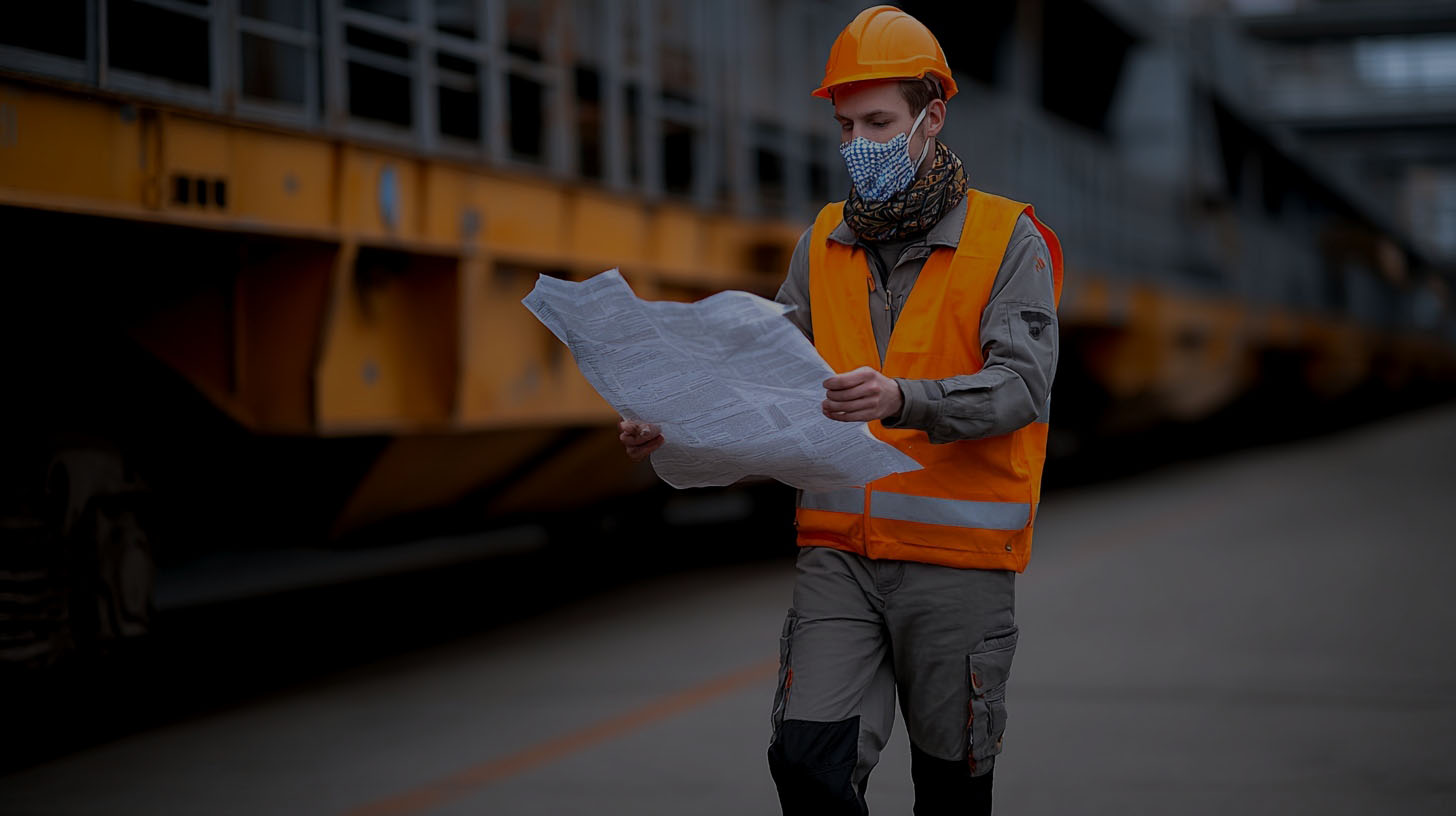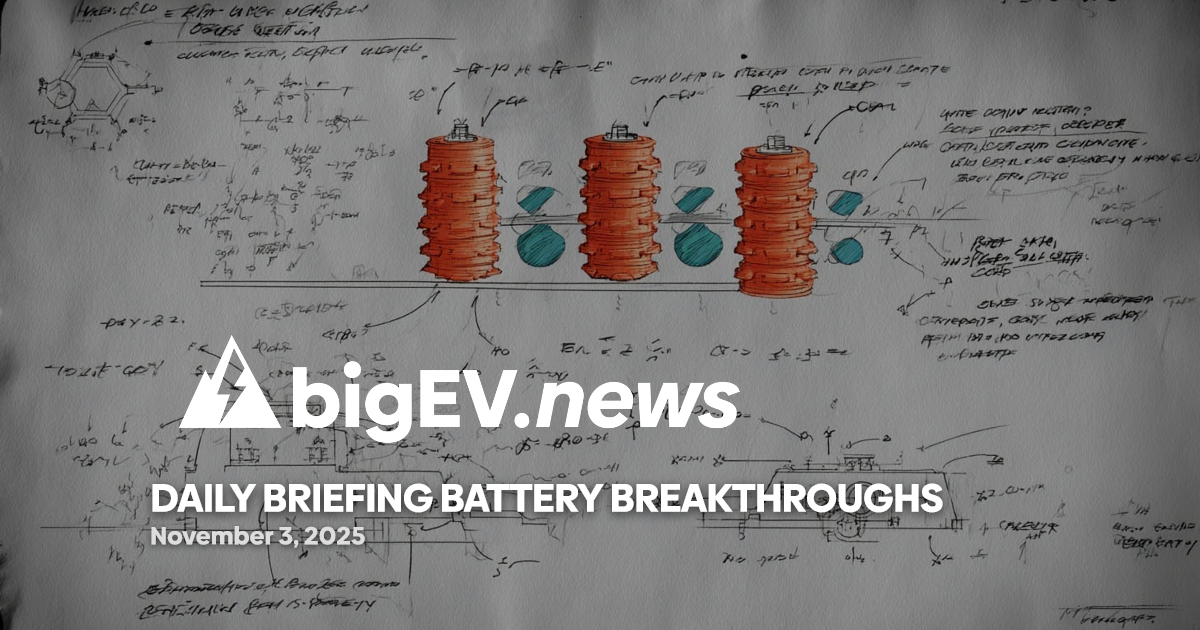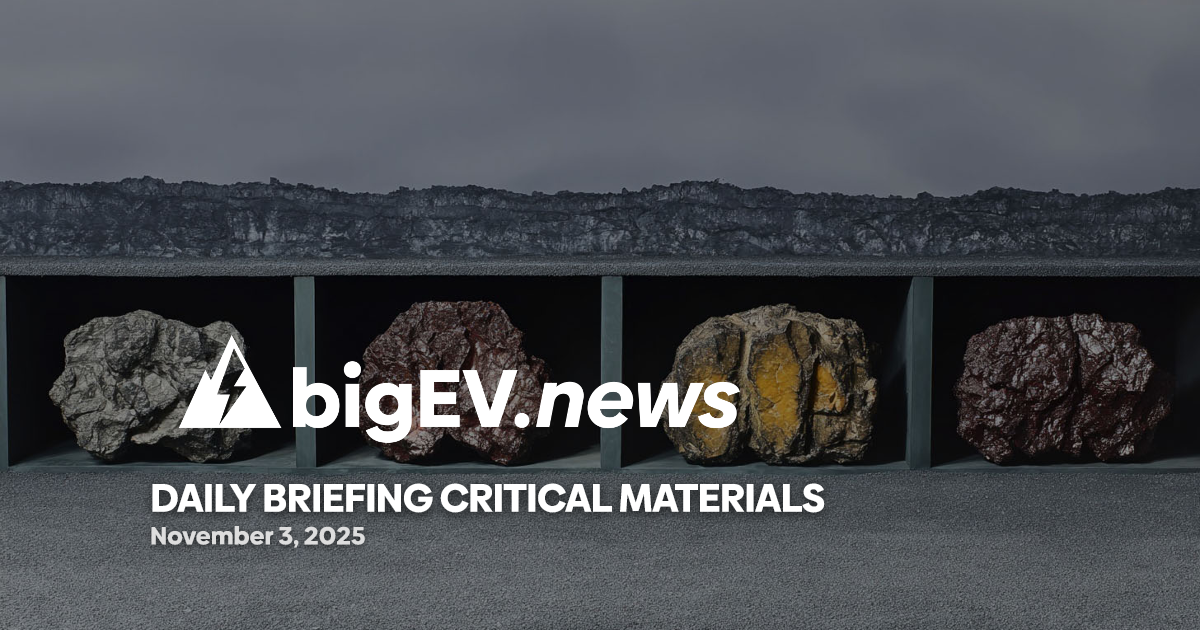Sweeping regulatory updates and safety frameworks redefine compliance for electrification, battery, pipeline, and nuclear sectors worldwide.
At a glance – In the past 24 hours, global energy and industrial sectors have seen a surge of new safety standards and compliance mandates, with regulators and industry leaders unveiling frameworks that impact electrification, battery technologies, pipeline operations, and nuclear deployment. These changes reflect a coordinated push to address emerging risks, harmonize reporting, and accelerate the adoption of advanced technologies while ensuring public safety. The updates are set to affect manufacturers, utilities, transportation engineers, and clean tech investors, with immediate implications for project planning and operational protocols.
Technology advance – The National Renewable Energy Laboratory (NREL) published a landmark report on October 3, 2025, detailing the safety implications of next-generation battery technologies. The research highlights how new evaluation methods, including advanced modeling and artificial intelligence, are transforming the ability to predict and mitigate hazards such as thermal runaway and toxicity in emerging battery chemistries. NREL’s findings emphasize the need for updated abuse tests and fire-suppression strategies tailored to novel materials, with direct guidance for pack designers and first responders. This work is expected to set the benchmark for future battery safety standards, especially as grid-scale energy storage and electrified transport accelerate worldwide.
Partnerships – A major international partnership was announced between X-energy, Amazon, Korea Hydro & Nuclear Power, and Doosan Enerbility to fast-track deployment of X-energy’s Xe-100 small modular reactors (SMRs) and TRISO fuel in the United States. The collaboration will focus on reactor engineering, supply chain development, and construction planning, with a commitment to mobilize up to $50 billion in public and private investment. The Nuclear Regulatory Commission is currently reviewing X-energy’s permit for the first Xe-100 deployment at Dow’s Seadrift Operations in Texas, with four reactors planned, and a second deployment in Washington state in partnership with Energy Northwest and Amazon, targeting up to 12 reactors. This alliance is poised to set new safety and compliance benchmarks for advanced nuclear energy, especially in data center and AI-driven applications.
Acquisitions/expansions – In a significant move for pipeline safety, the Pipeline and Hazardous Materials Safety Administration (PHMSA) has released an updated standard, PPI—TR 4, aimed at maintaining or improving public safety while reducing regulatory confusion and compliance burdens for stakeholders. The new standard fulfills a federal mandate and introduces streamlined requirements for pipeline operators, with a focus on risk management and incident prevention. The update is expected to impact both existing and planned pipeline infrastructure projects, requiring immediate attention from compliance officers and engineering teams across North America.
Regulatory/policy – Australia’s Independent Pricing and Regulatory Tribunal (IPART) has enacted sweeping rule changes to the Energy Savings Scheme (ESS) and Peak Demand Reduction Scheme (PDRS), effective September 12, 2025. Key updates include the prohibition of unsolicited door knocking for certificate creation, new monthly reporting requirements, and revised eligibility for commercial lighting and refrigerated display cabinets. Notably, the lifetime for air conditioners has been extended from 10 to 12 years, and new warranty mandates for heat pumps under 700 liters will take effect December 1. The changes also introduce a 5,000 certificate cap for commercial heat pumps and require updated savings calculations that incorporate electric booster capacity, directly impacting manufacturers and installers in the electrification sector.
Finance/business – In Washington, the House Problem Solvers Caucus, led by Reps. Scott Peters, Gabe Evans, Brian Fitzpatrick, and Tom Suozzi, announced bipartisan support for a new permitting reform framework. The proposal aims to streamline regulatory approvals for energy infrastructure projects, balancing safety and environmental compliance with accelerated deployment timelines. The framework is expected to influence investment strategies and project financing for clean tech, transportation, and manufacturing firms, as well as venture capital stakeholders seeking clarity on regulatory risks and opportunities in the U.S. market.
Sources: pv-magazine-usa, ans.org, regulations.gov, youtube.com/IPART, jdsupra.com









